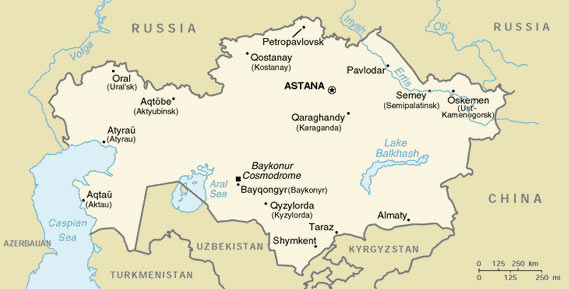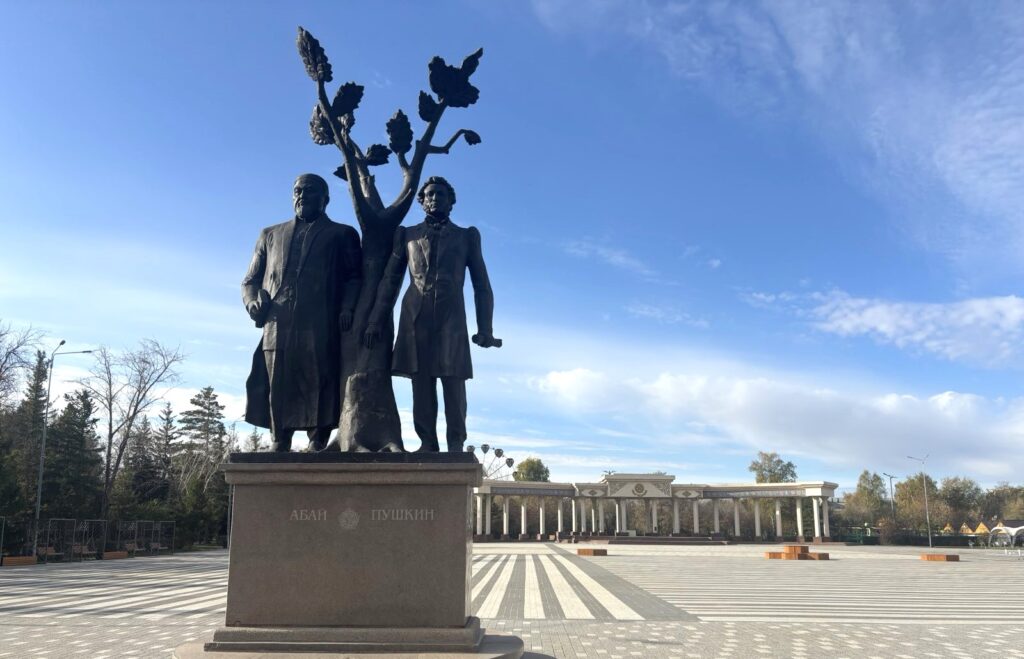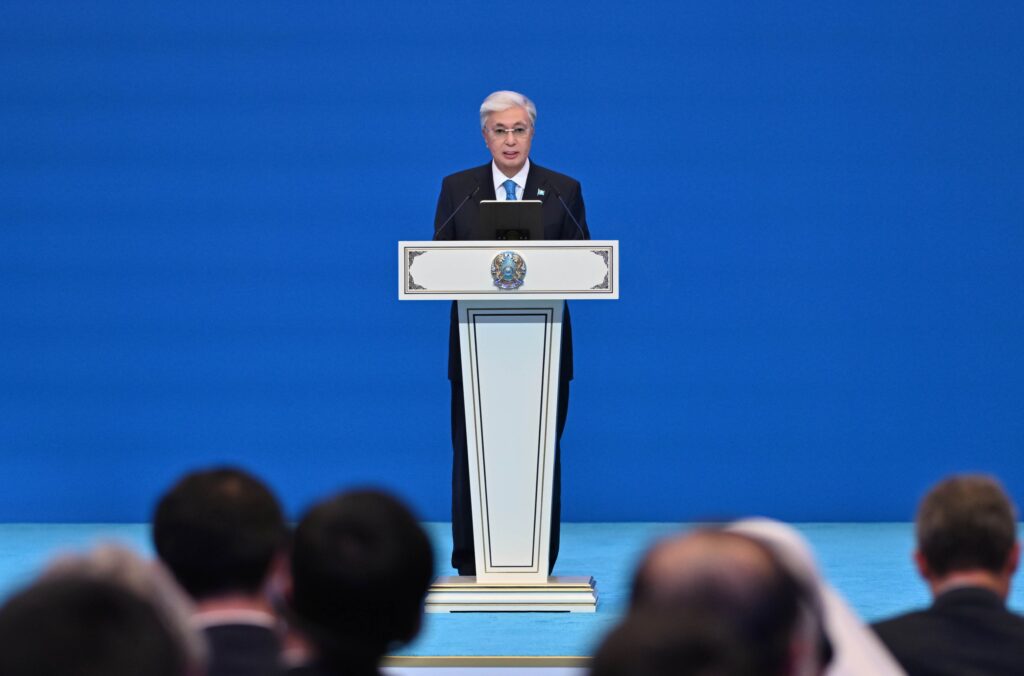ASTANA (TCA) — Urbanization will increase Kazakhstan’s competitiveness in the global arena, Zhaksybek Kulekeyev, an advisor to the director general of the Kazakh Institute of Oil and Gas and a member of the Expert Council under the Government of Kazakhstan, said to the official website of the Prime Minister of Kazakhstan (Primeminister.kz).
The industrial and innovative development path chosen by Kazakhstan will inevitably lead to the acceleration of urbanization processes, the rapid growth of urban population of the country at the expense of the active migration of rural population to the cities in the near future. This natural process will be accompanied by an increase in labor productivity, as much of the urbanized rural areas get jobs at the enterprises of the industrial sector, where productivity is traditionally higher than in the agricultural enterprises. Thus, according to Kulekeyev, urbanization will increase the country’s competitiveness in the global arena.
Most of the cities of Kazakhstan were formed in the Soviet period as a result of industrialization and the discovery and development of mineral deposits, the expert said. The number of cities in Kazakhstan increased from 19 to 82 from 1920 to 1983, which led to a sharp increase in the proportion of urban residents. However, an extremely low rate of urbanization has become characteristic of the country over the 25 years of Kazakhstan’s independence; and the proportion of rural residents (43%) is still maintained at a high level. Moreover, the urban population reduced in the period from 1993 to 2013, and there has been even a reverse migration from cities to villages in some years.
According to Kulekeyev, this process has been associated with the open economic policy carried out in the country since the first days of independence, resulting in many manufacturing industries, located mainly in the southern regions of the country, unable to withstand the competition, being forced to either reduce or completely stop production. As a result, people who lost their jobs in the cities began to move en masse to the countryside, swelling the ranks of the self-employed.
The turning point was reached in 2013, and starting from that year a steady growth of the urban population in Kazakhstan has been observed. According to the expert, the implementation of the State program of industrial-innovative development has played a positive role, as the number of employed people in the industry over the years of the program implementation has increased by about 150 thousand people, and the number of those employed in agriculture decreased by 900 thousand.
The government is now planning to increase the share of urban population in Kazakhstan from today’s 53 percent up to 70 percent in 2030.









